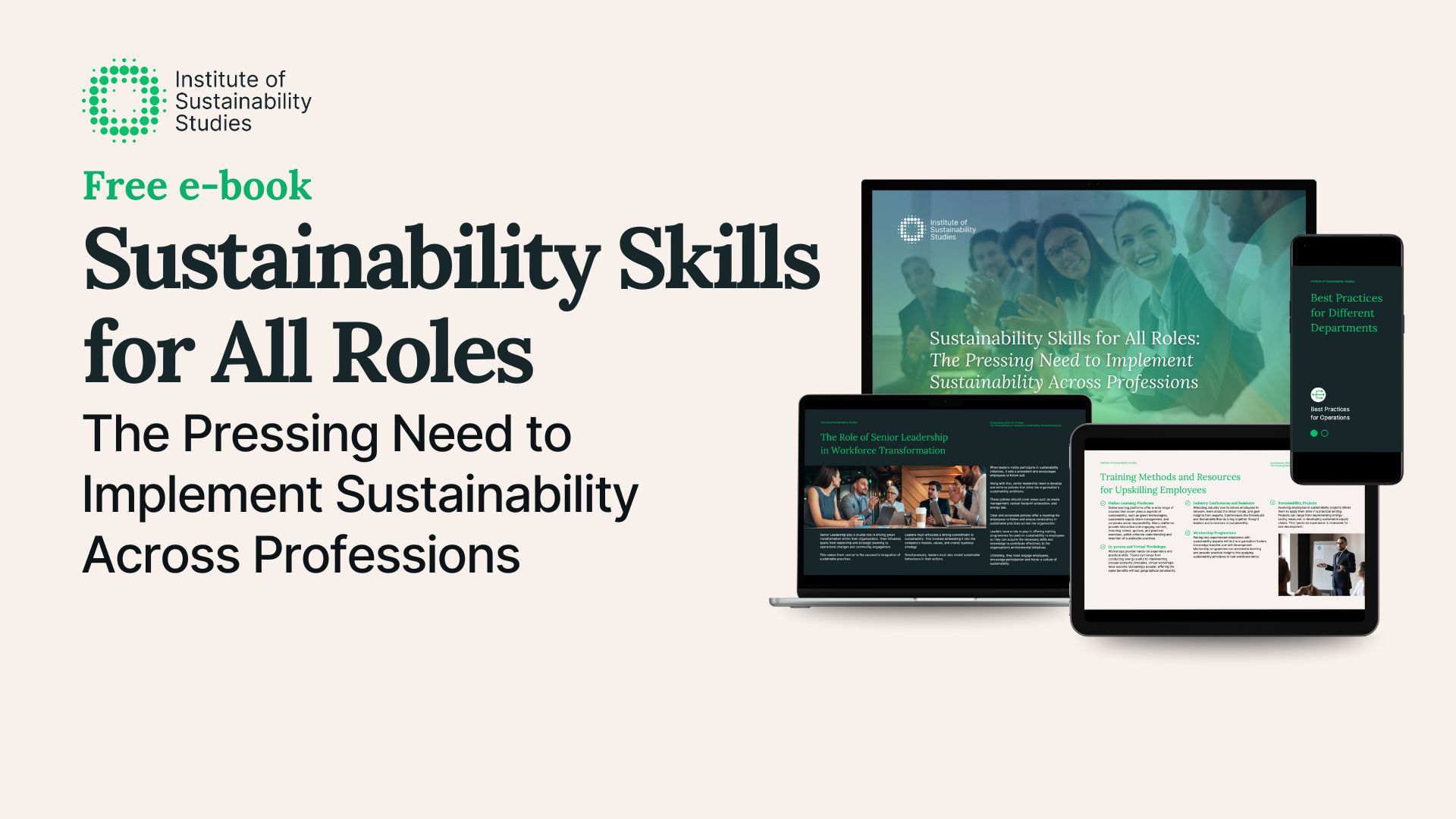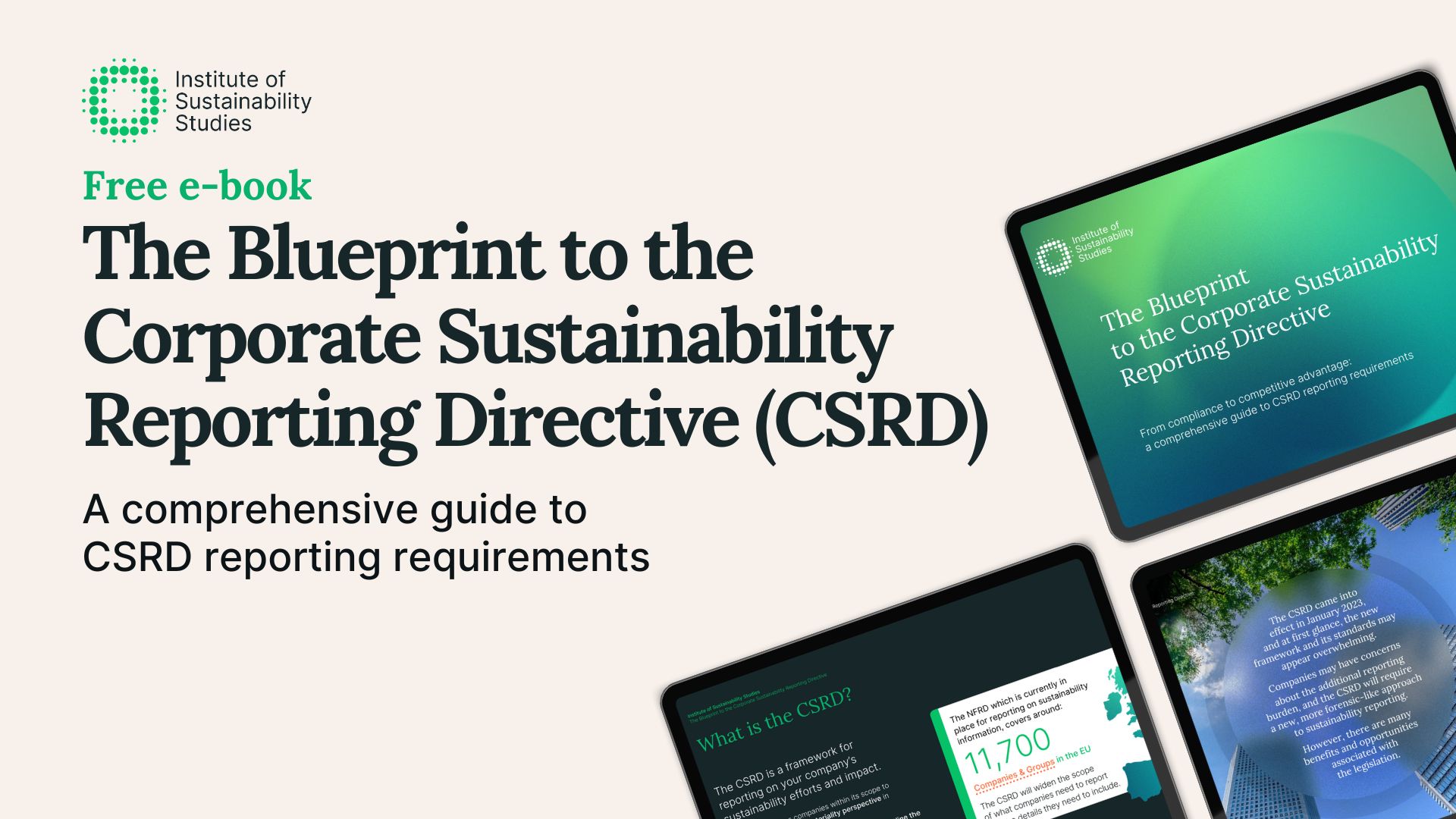In an era where businesses face mounting pressure to balance financial growth with business sustainability, Triple Bottom Line (TBL) reporting can be transformative in enabling organisations to go beyond traditional profit-focused metrics. A study from the Harvard Business Review discovered businesses that adopt the TBL approach achieve an average annual ROI of 13.5 percent, while traditional businesses see an ROI of 9.1 percent.
This is supported by research from Dow Jones that organisations focusing on their TBL perform better financially than their peers. The TBL framework drives accountability and positions businesses to thrive in an ever-changing landscape shaped by sustainability-conscious stakeholders, regulatory requirements, and global sustainability goals. Continue reading as we dive into TBL reporting, looking at its challenges and solutions.
What is Triple Bottom Line reporting?
Triple Bottom Line (TBL) reporting refers to a sustainability framework that encourages organisations to evaluate their performance based on three interconnected dimensions: People, Planet, and Profit. Unlike traditional business models that focus solely on financial returns, the TBL approach broadens the scope to include social and environmental impacts alongside economic performance.
Benefits of implementing Triple Bottom Line reporting
Triple Bottom Line (TBL) reporting provides a comprehensive way for organisations to measure and communicate their performance across social, environmental, and economic dimensions. Below are the key benefits of adopting TBL reporting.
Enhanced stakeholder trust and transparency
TBL reporting demonstrates accountability to stakeholders, including investors, customers, employees, and regulators. It also provides clear insights into a company’s social and environmental impact, fostering trust and building a positive reputation.
Improved risk management
By monitoring environmental and social performance alongside financial metrics, TBL reporting helps identify and mitigate risks, such as regulatory non-compliance, supply chain vulnerabilities, and reputational damage.
Competitive advantage
Demonstrating commitment to sustainability can differentiate a company in the marketplace, attracting eco-conscious consumers and sustainability-focused investors. Moreover, TBL reporting supports the development of sustainable business practices that appeal to talent and customers.
Alignment with global sustainability goals
Aligns business operations with frameworks like the United Nations Sustainable Development Goals (SDGs), ensuring relevance in a global sustainability context. It also enhances compliance with evolving regulations, such as the EU Corporate Sustainability Reporting Directive (CSRD).
Long-term financial performance
Sustainable practices reduce waste, improve energy efficiency, and enhance resource management, leading to cost savings and operational resilience. Additionally, businesses that align with environmental and social goals often experience improved financial performance over time, as they reduce liabilities and tap into growing green markets.
Attracting investment and financing
ESG-conscious investors increasingly prioritise companies with strong environmental and social governance practices. TBL reporting enhances access to sustainable finance and green investment opportunities.
Stronger organisational culture
By tracking and reporting social impacts, TBL reporting fosters a sense of purpose and responsibility among employees. It also improves employee engagement, retention, and productivity by showcasing the company’s commitment to social and environmental values.
Improved Decision-making
The integration of social and environmental data with financial metrics provides a holistic view of performance, enabling better strategic decision-making. On top of that, TBL reporting helps organisations identify opportunities for innovation, efficiency, and sustainable growth.
Reputation and brand loyalty
Demonstrating a commitment to the “People, Planet, and Profit” ethos can enhance brand perception and customer loyalty. With this in mind, companies with transparent and impactful TBL practices are more likely to withstand scrutiny from NGOs, the media, and the public.
Key challenges and solutions
Here are some of the key challenges and solutions associated with TBL reporting.
Data Collection and Accuracy
Challenge: Gathering reliable data across social, environmental, and economic dimensions can be difficult, especially in large, complex organisations or extended supply chains. Inconsistent data collection methods may lead to inaccuracies and gaps in reporting.
Solution: Implement robust data collection systems and tools, such as automated software, IoT devices, and cloud-based platforms. Standardise data collection processes and conduct regular audits to ensure accuracy and consistency.
Lack of Standardised Metrics
Challenge: Unlike financial reporting, TBL lacks universally accepted standards, making it challenging to compare performance across organisations.
Solution: Adopt recognised frameworks such as the Global Reporting Initiative (GRI), the Sustainability Accounting Standards Board (SASB), or the Integrated Reporting (<IR>) framework. Align reporting efforts with industry-specific benchmarks to ensure relevance.
High Implementation Costs
Challenge: Integrating TBL reporting into business practices can be resource-intensive, requiring investments in training, tools, and personnel.
Solution: Start with a phased approach, focusing on the most critical areas of impact. Leverage government grants, incentives, and industry partnerships to offset costs. Gradually expand the scope of TBL reporting as resources permit.
Resistance to Change
Challenge: Employees, management, or stakeholders may resist the additional effort or perceive sustainability reporting as a non-priority.
Solution: Foster a culture of sustainability by educating employees and stakeholders on the long-term benefits of TBL reporting. Highlight success stories and demonstrate how sustainability positively impacts profitability and stakeholder engagement.
Integrating TBL into Decision-Making
Challenge: Companies often struggle to use TBL insights to drive strategic decisions, as traditional decision-making processes are profit-focused.
Solution: Embed TBL reporting into corporate governance structures and decision-making processes. Ensure leadership teams are trained to interpret TBL data and align it with business strategies.
Complexity of Supply Chains
Challenge: Tracking environmental and social impacts across supply chains can be challenging, particularly when suppliers lack transparency or sustainability practices.
Solution: Engage suppliers through training and collaboration on sustainability goals. Require suppliers to adhere to sustainability standards and include these criteria in procurement contracts.
Conclusion
Triple Bottom Line reporting offers a powerful tool for businesses to align their operations with environmental and social imperatives while maintaining profitability. By adopting TBL, organisations can future-proof their strategies, strengthen stakeholder trust, and position themselves as leaders in the transition to a more sustainable economy.
However, achieving this requires commitment, collaboration, and the right expertise. To bridge the gap, businesses must invest in education and capacity-building. For those looking to enhance their ESG disclosures and meet evolving stakeholder expectations, our sustainability reporting course offers practical guidance on aligning with leading frameworks and improving transparency.










